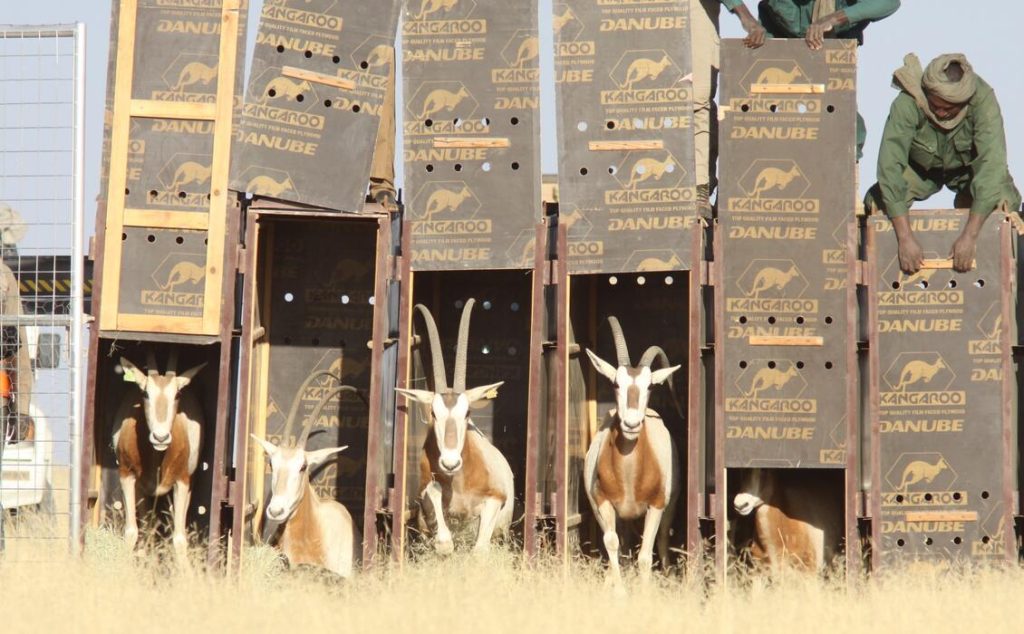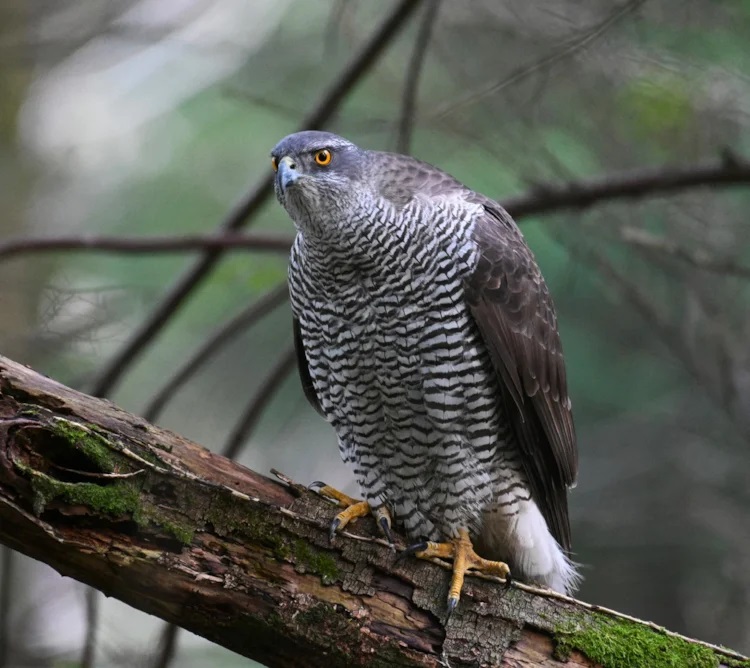
European Goshawks were extinct in Britain at the end of the 19th century (and remained rare for over half a century) but in the last 50 years have made an incredible comeback. In the new forest, in the south of England, there are thought to be hundreds of pairs living wild.
In Thetford forest in Norfolk, an estimated 52% of the goshawks diet was grey squirrel. While it is true that they will also take red squirrels, these are generally better at escaping. More importantly, it is thought that Goshawks could be used to stop the grey squirrels population from growing any further.
As I have written before, the pine marten is also important for the recovery of the red squirrel, as it is far more successful at hunting grey squirrels, and they generally do not cohabit in any part of the country.
This will likely not eliminate the direct need for grey squirrel population to be culled by humans, far from it, but may well help towards the idea of giving red squirrels breathing room.
Continue reading “Could the recovery of the Goshawk save the red squirrel?”
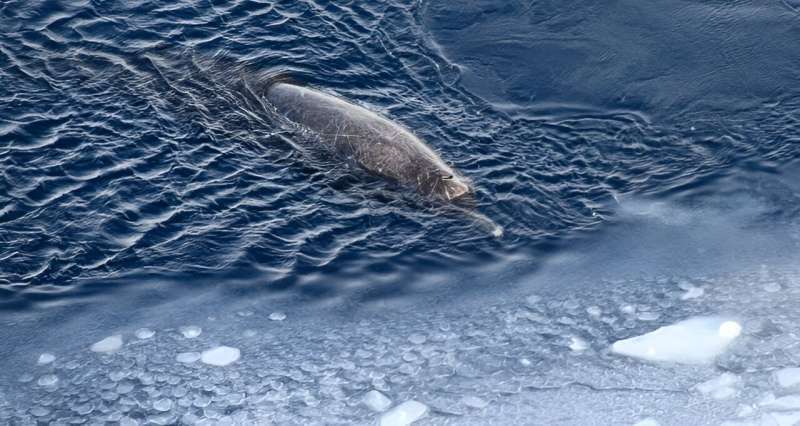

 Found in the West Indies, northern South America (including the Galápagos Islands) and the Yucatan Peninsula. It was considered cospecifc with the greater flamingo, but they are now recognized as separate species (it is also closely related to the Chilean flamingo).
Found in the West Indies, northern South America (including the Galápagos Islands) and the Yucatan Peninsula. It was considered cospecifc with the greater flamingo, but they are now recognized as separate species (it is also closely related to the Chilean flamingo).  of South America, it is in the same genus as the James Flamingo. Indeed, the Chilean Andea and James flamingo often share nesting sites and are relatively closely related.
of South America, it is in the same genus as the James Flamingo. Indeed, the Chilean Andea and James flamingo often share nesting sites and are relatively closely related. the American and greater flamingo, it is listed as near threatened in the wild with a wild population of about 200,000. Population declines are due to habitat loss and degradation, harvesting and
the American and greater flamingo, it is listed as near threatened in the wild with a wild population of about 200,000. Population declines are due to habitat loss and degradation, harvesting and 

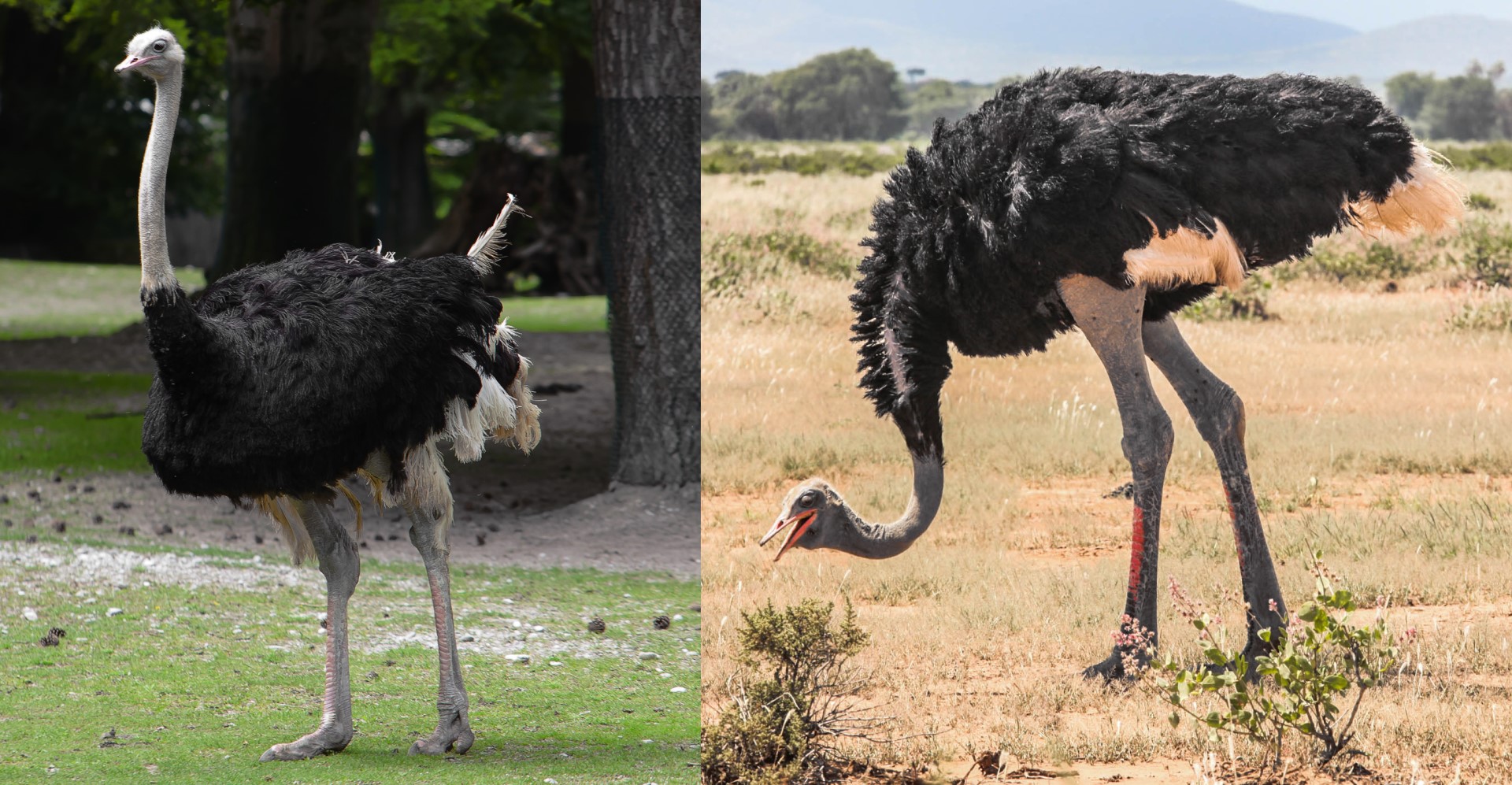
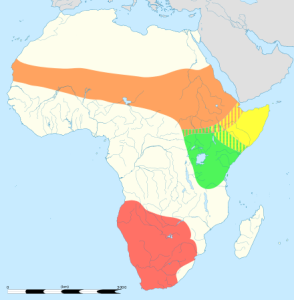 This is a map of the different Ostrich species and subspecies range
This is a map of the different Ostrich species and subspecies range